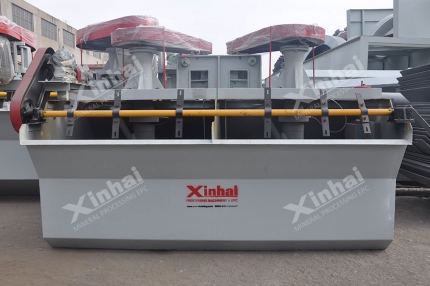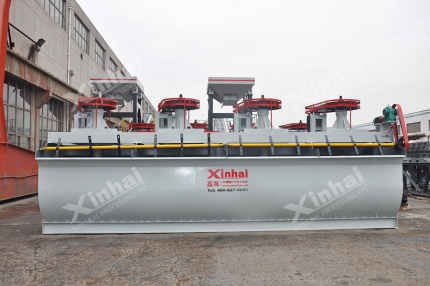Antimony, a strategic metal, is widely used in various key applications, including flame retardants, batteries, semiconductors, and alloy materials. With the increasing scarcity of antimony resources and the continuous advancement of metallurgical technology, the development of scientific and efficient antimony ore beneficiation processes has become a key component in achieving sustainable resource utilization.
Currently, the main beneficiation methods for antimony ore include gravity separation and flotation. The specific selection should be determined based on a comprehensive consideration of ore characteristics and economic as well as technical conditions.
Use the table of contents below to navigate through the guide:
01Antimony Gravity Separation Process
Antimony gravity separation utilizes the density difference between antimony ore (density 4.50–4.65 g/cm³) and gangue (density 2.50–3.00 g/cm³). Jigs, shaking tables, spiral chutes, and other equipment are used to separate coarse-grained antimony ore (generally greater than 0.5 mm) from the gangue. It is suitable for most antimony ore types, including stibnite, yellow antimony, red antimony, native antimony, as well as refractory antimony sulfides and antimony oxides.

However, calcium antimonate ores, with densities similar to those of gangue, are more difficult to separate by density methods. Gravity separation offers low capital investment, a simple process, and the ability to recover qualified concentrate from the coarse fraction. Therefore, it remains widely used in antimony ore beneficiation and is often employed as a pre-concentration step before flotation.
02Antimony Flotation Process
Antimony flotation utilizes the natural hydrophobicity of antimony minerals, or that induced by flotation reagents, to separate them at the liquid–air or water–oil interface. Flotation is suitable for antimony sulfide ores, mixed sulfide–oxide antimony ores, stibnite, and various polymetallic sulfide ores. Lead salts are often used as activators for stibnite, and copper salts can be used in combination with them.
Collectors such as butyl xanthate, diesel oil, or mixtures of ethyl thiocarbamate and nitrogen compounds are then added. Pine oil, also known as No. 2 flotation oil, is often used as a frother, while lime and sodium carbonate are used to adjust the pH of the slurry.
After reagent conditioning, the slurry enters the flotation cell, where aeration and agitation generate a mineralized froth that accumulates on the surface of the cell. Scrapers collect this froth, then dehydrate and dry it to produce antimony concentrate. Common flotation methods include single flotation and combined gravity separation–flotation.
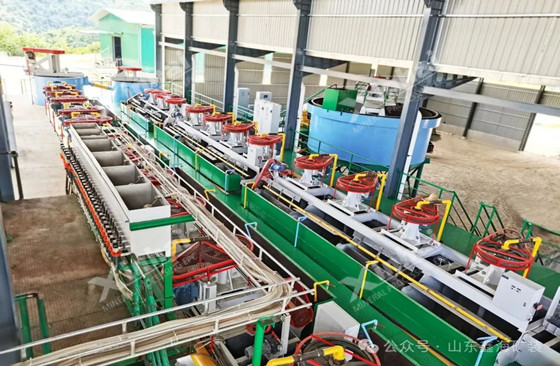
In actual production, mineral processing tests should be conducted first to gain a thorough understanding of the ore's physicochemical properties, including its type, mineral composition, structure, texture, and intergrowth characteristics, thereby enabling the scientific and rational selection of a beneficiation process.
Furthermore, the content of valuable components in the ore and the overall economic feasibility should be considered to develop a beneficiation process that matches the mine's actual conditions. Scientific mineral processing technology not only effectively improves antimony recovery rates but also enables the comprehensive recovery of associated valuable elements, reduces environmental impact, and promotes efficient resource utilization.
03Xinhai Mining – Selected Metal Projects and Ore Processing
As a leading global provider of comprehensive mining service solutions, Xinhai Mining has successfully delivered expert services to over 2,500 mining projects worldwide, encompassing mining and beneficiation technology solutions for more than 70 types of ores. With extensive project experience, outstanding technical versatility, and superior customer service, we have earned high recognition and widespread acclaim within the industry.
Below are examples of some typical metal mining projects. For more detailed project service solutions and technical information, please do not hesitate to contact us.
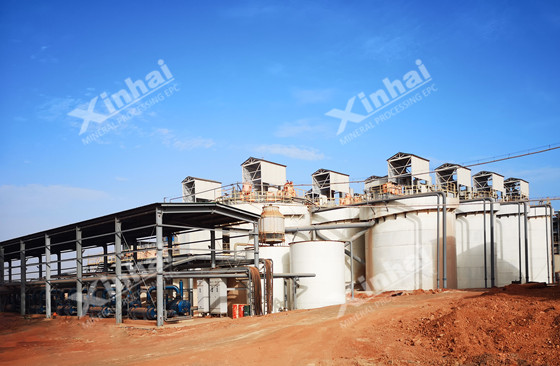
Guinea 15,000 t/d Gold Processing Plant Project
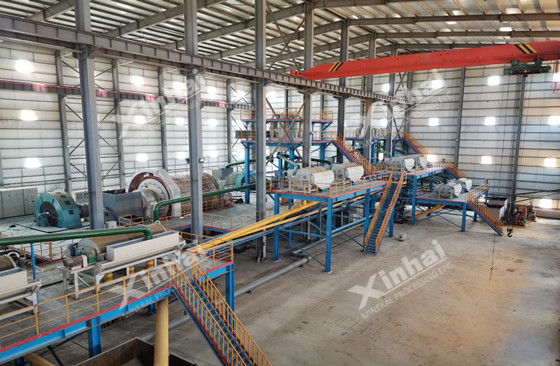
Mongolia 3,500 t/d Iron Ore Processing Plant Project
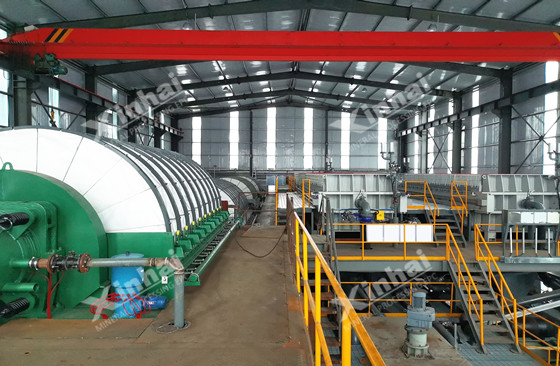
Hebei 3 Million t/a Iron Ore Processing Plant Project
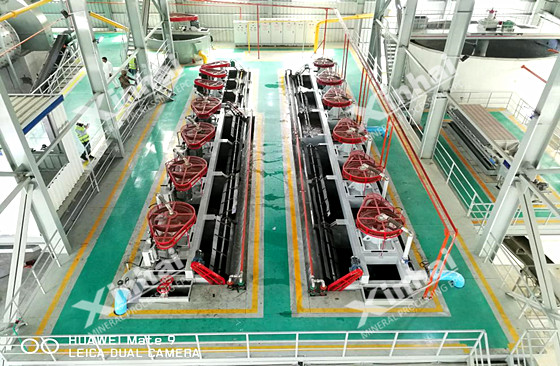
Pakistan 1,500 t/d Copper Processing Plant Project
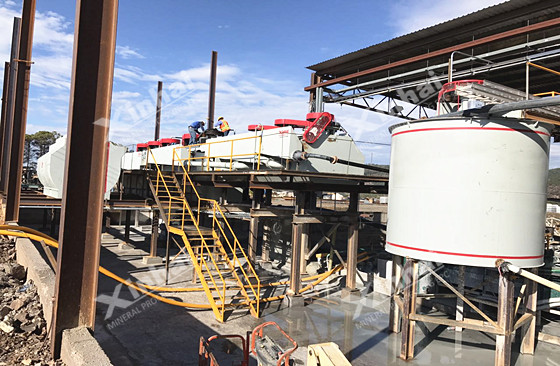
Mexico 1,500 t/d Copper, Lead, Zinc, Gold, Silver, and Polymetallic Ore Processing Plant Project


 marketing@ytxinhai.com
marketing@ytxinhai.com  0086 13810327080
0086 13810327080 
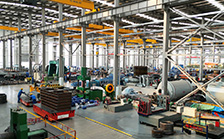
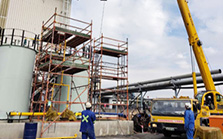
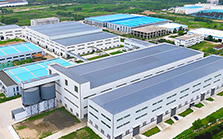

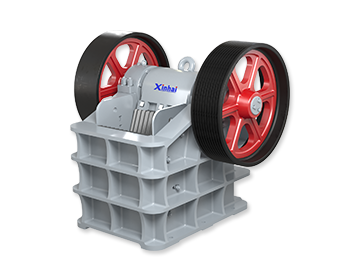
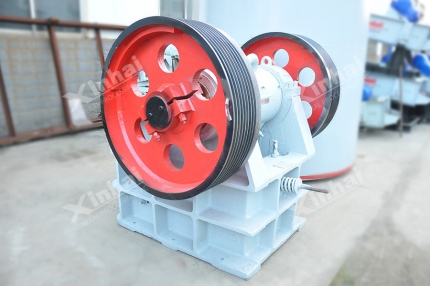

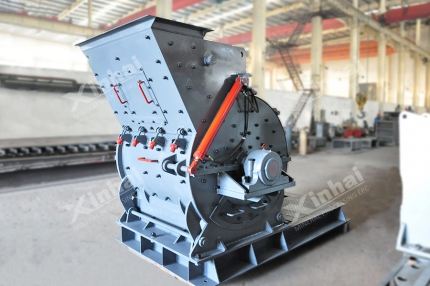
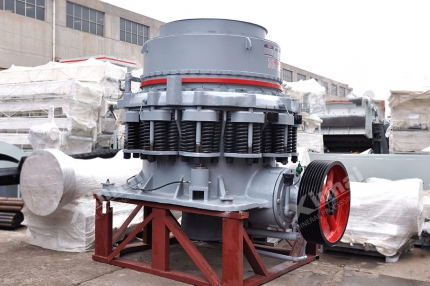
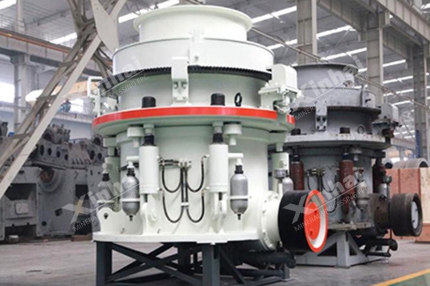
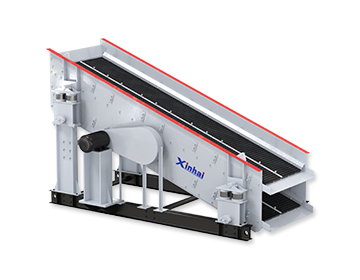
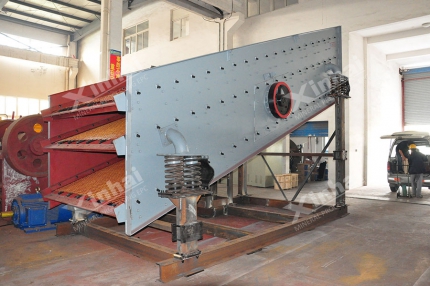
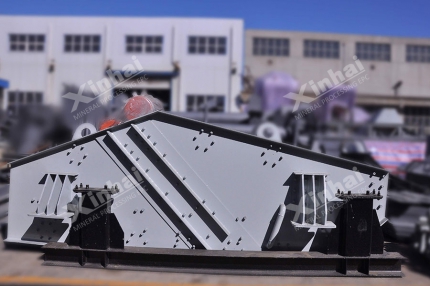
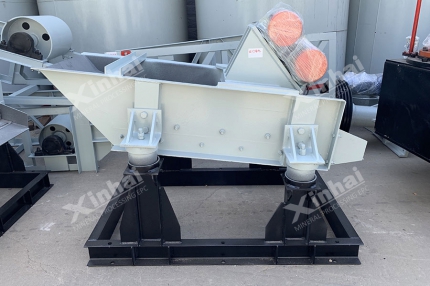
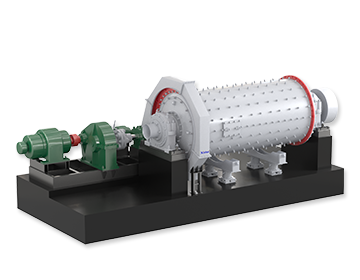
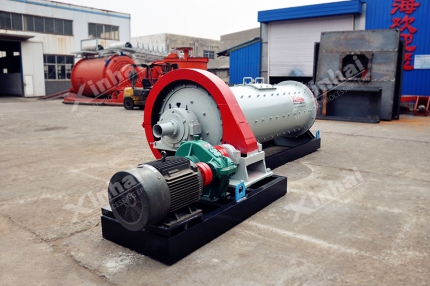
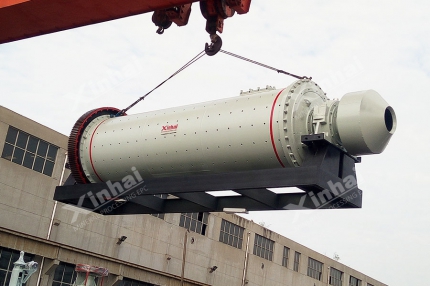
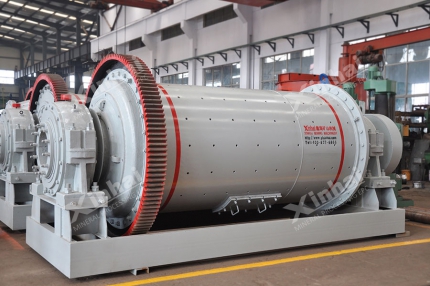

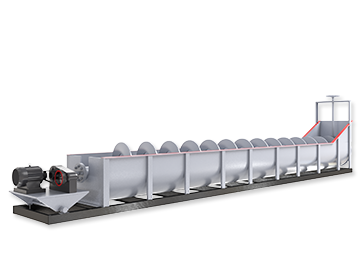
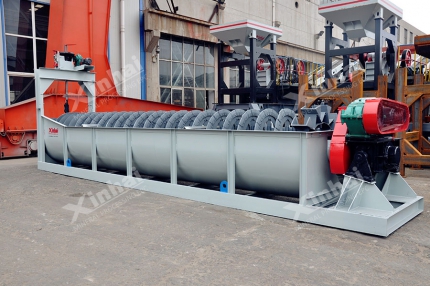

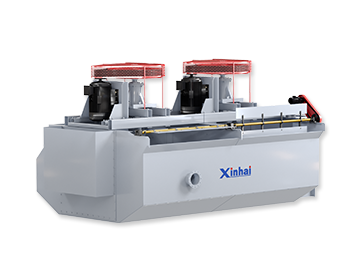
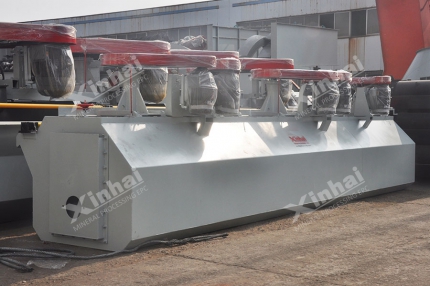
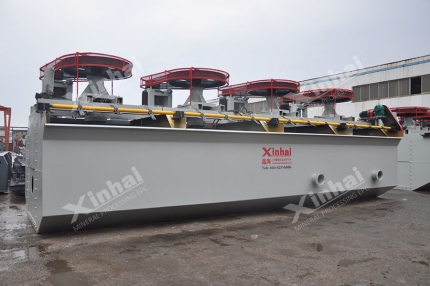
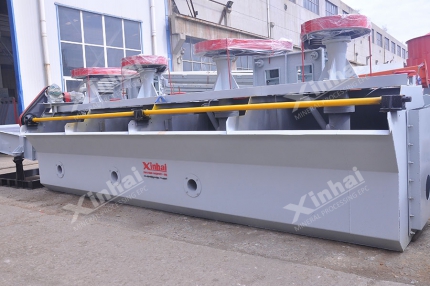
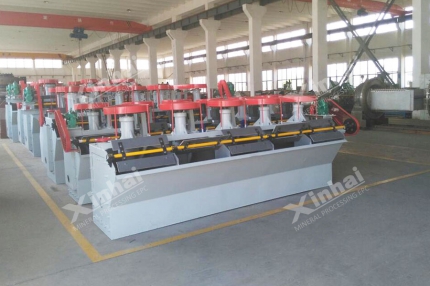
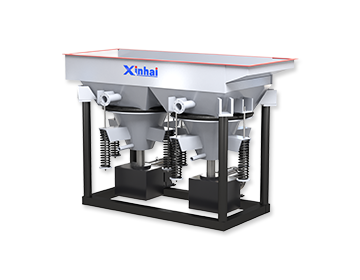
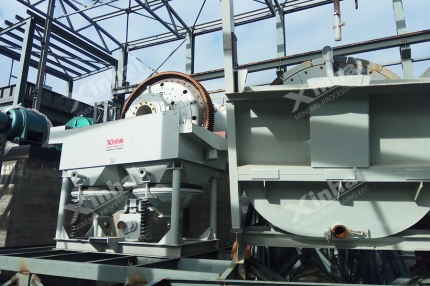
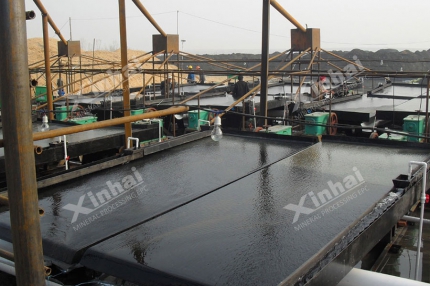
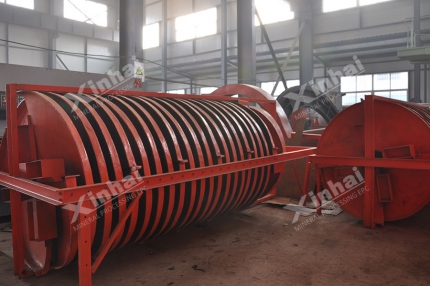
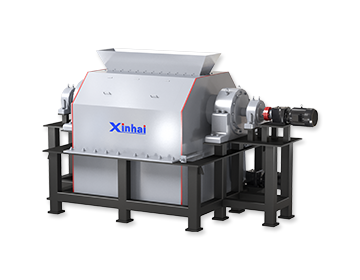
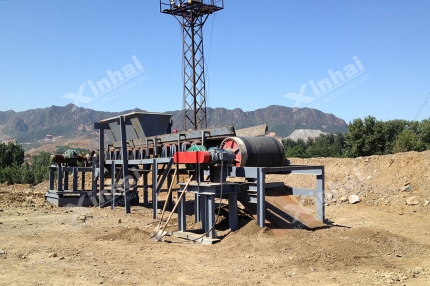
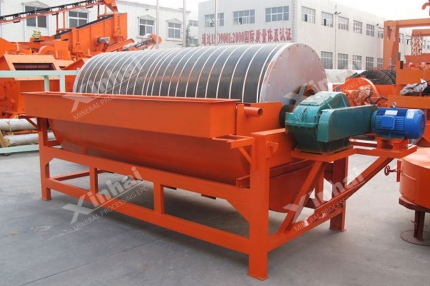
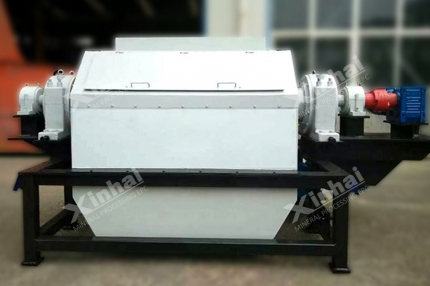
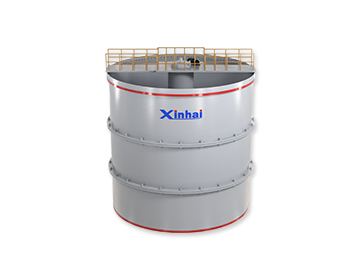
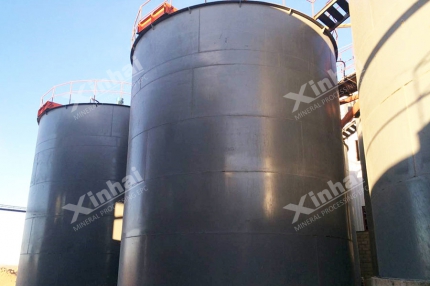
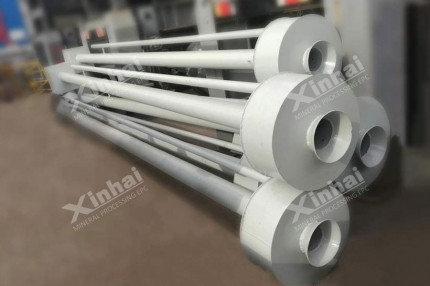
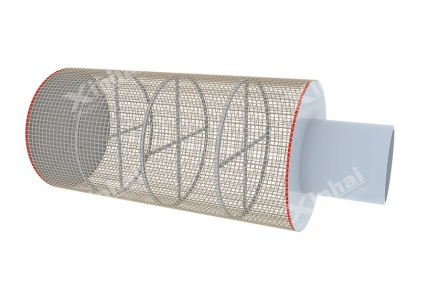
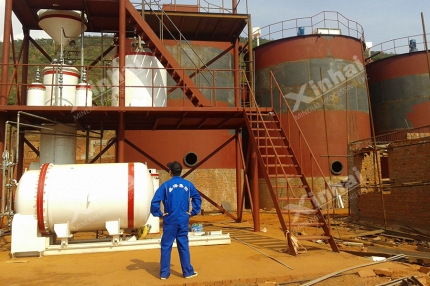
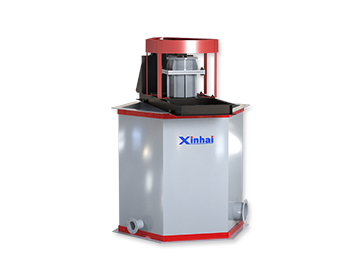
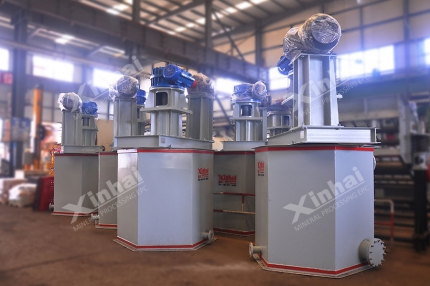
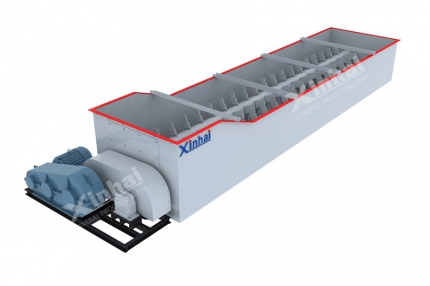
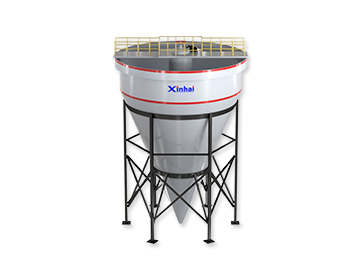
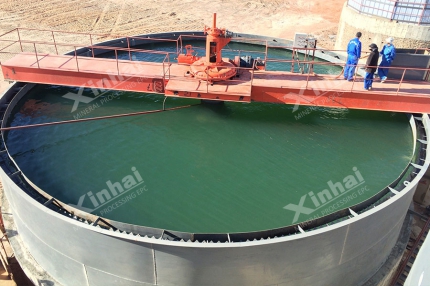
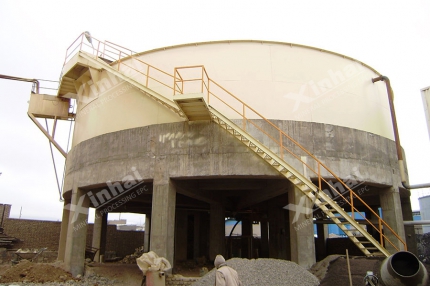
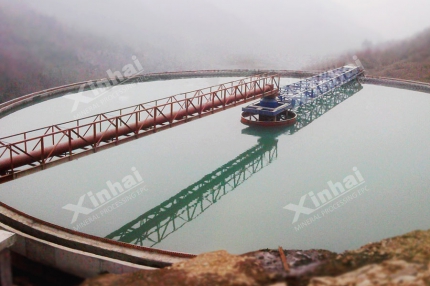
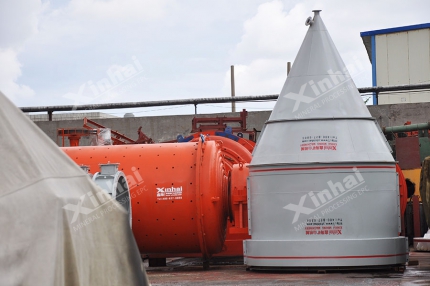
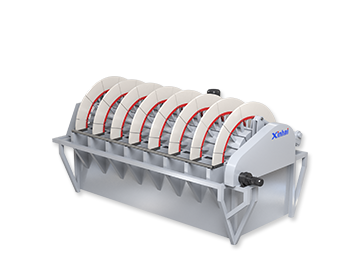
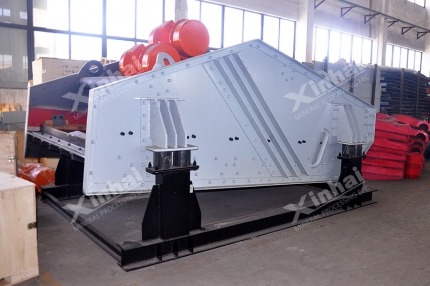
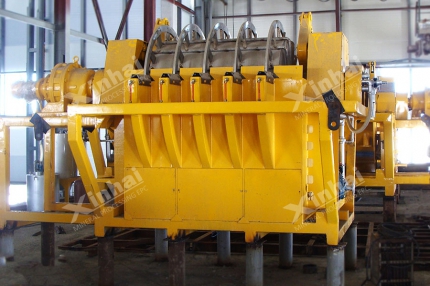
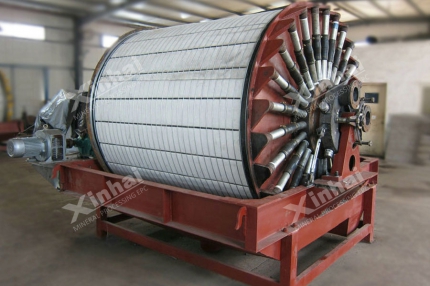
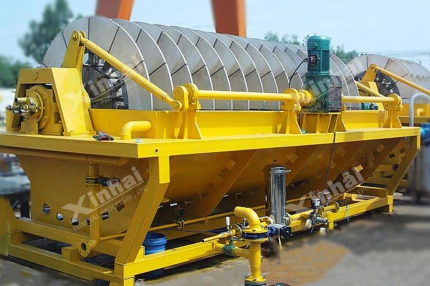
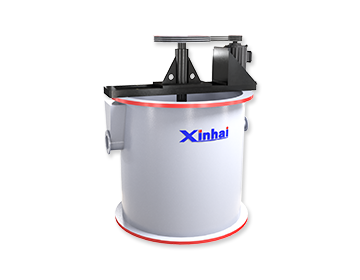
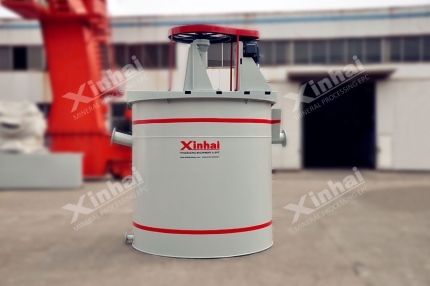
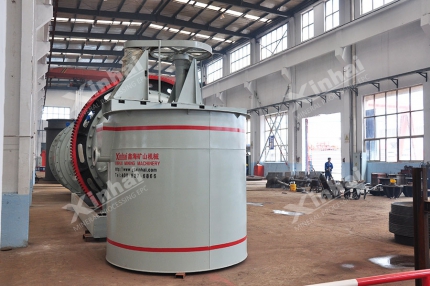

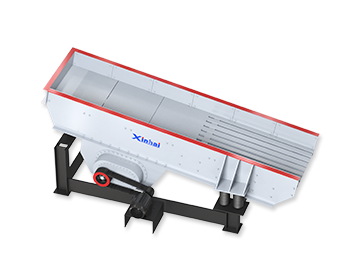
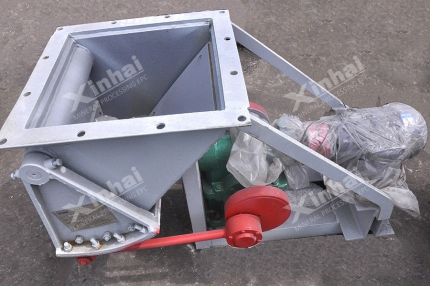
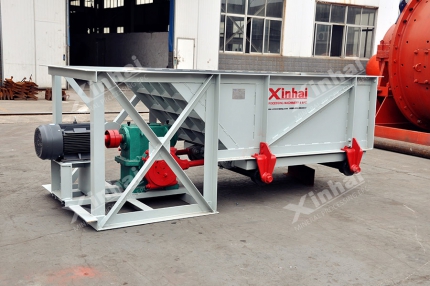
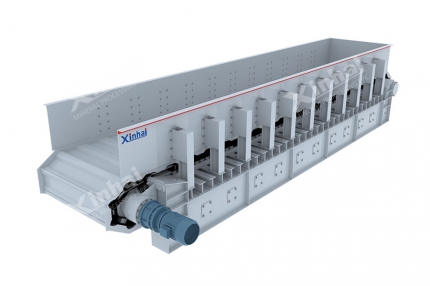
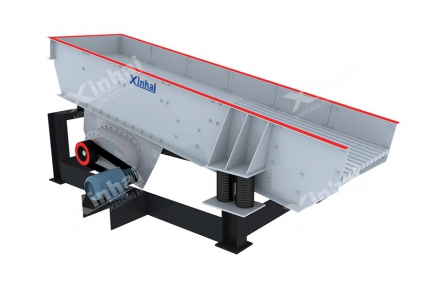
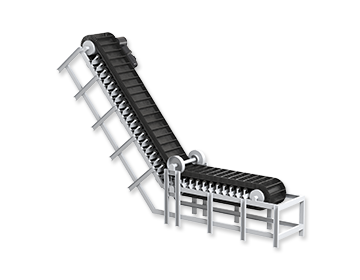


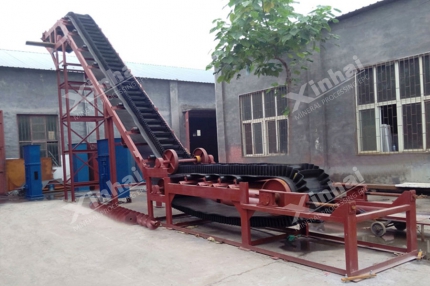
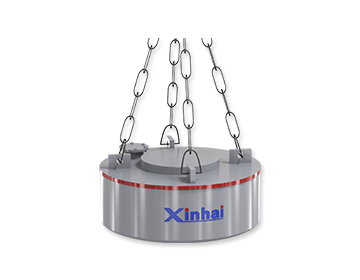
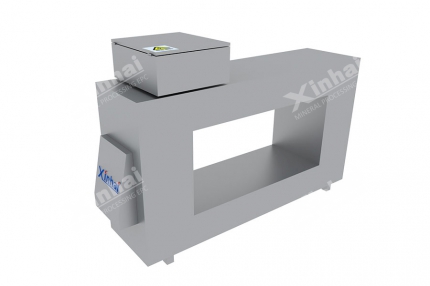
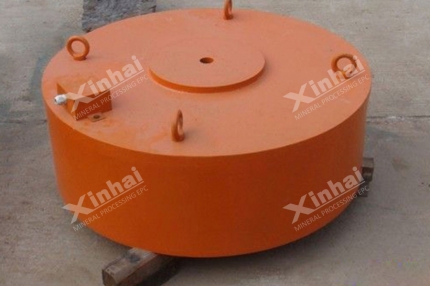
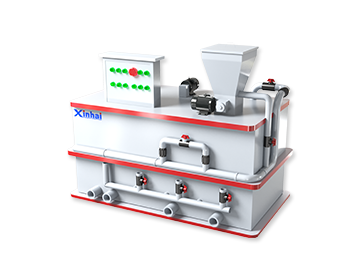
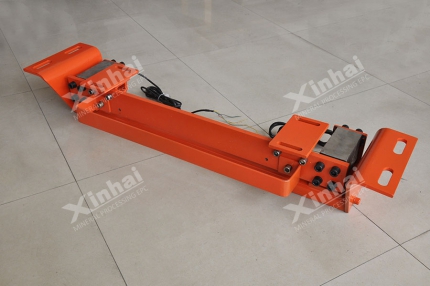
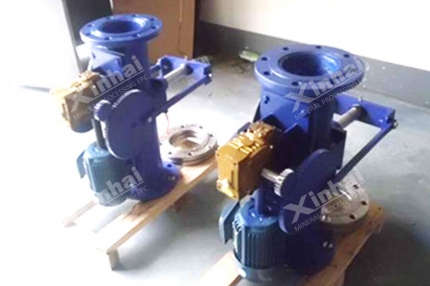
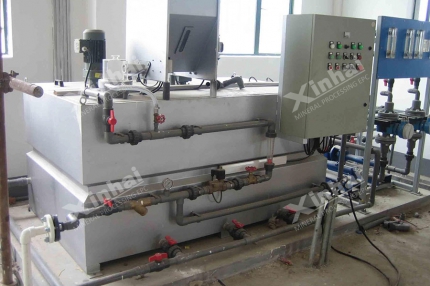
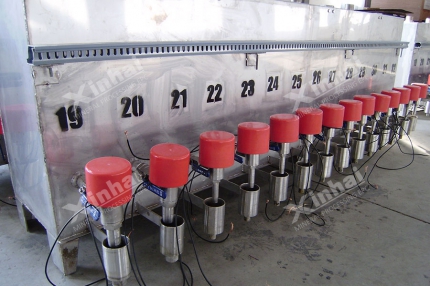
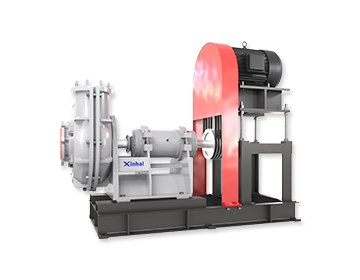
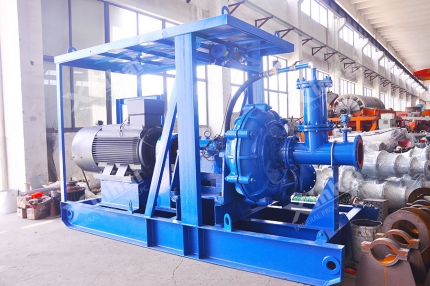

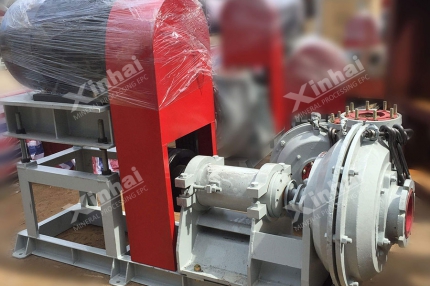
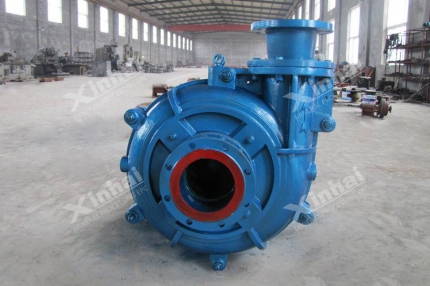
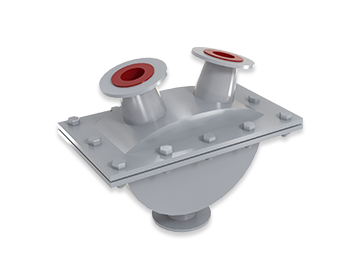
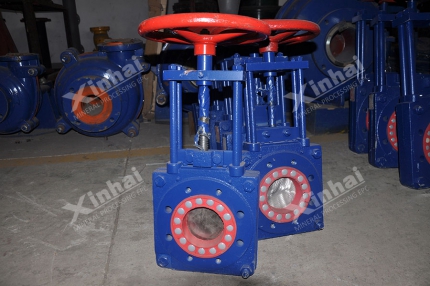
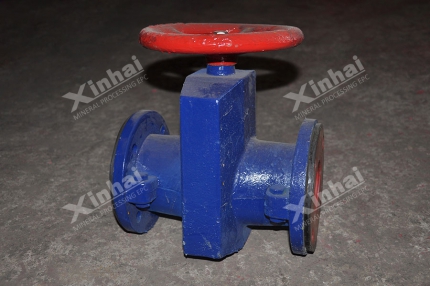

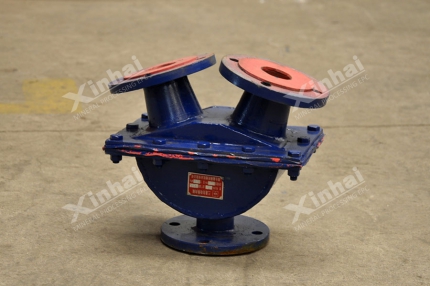
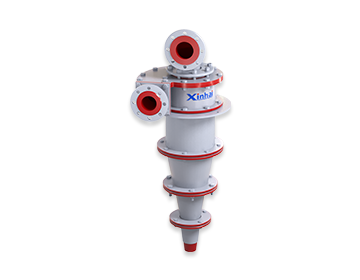

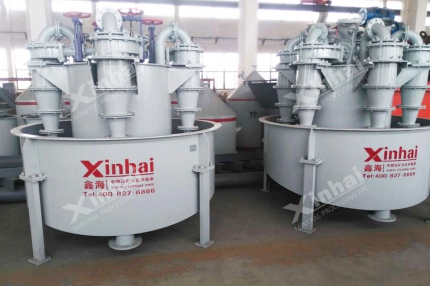
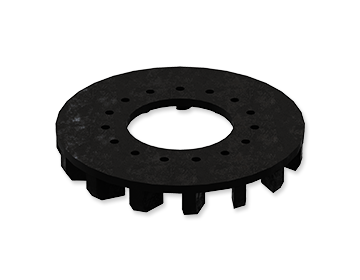
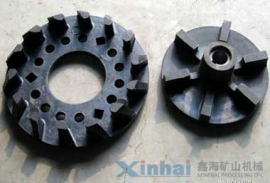
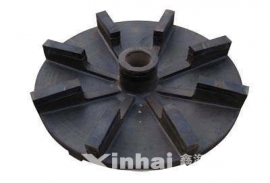
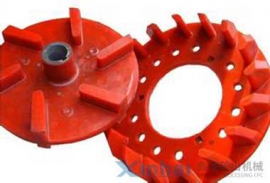
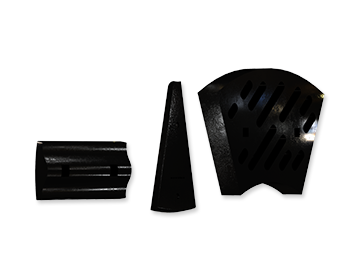
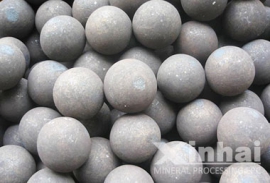

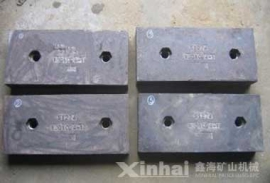

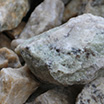
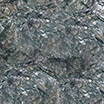
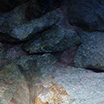
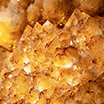


 CHAT
CHAT MESSAGE
MESSAGE





